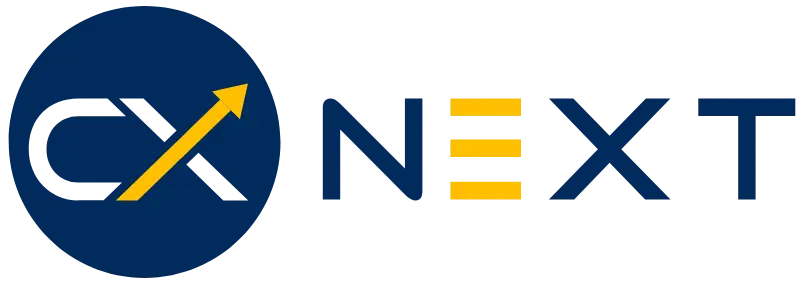Manually onboarding new employees can be slow, error-prone, and frustrating for HR, IT, and newcomers. Power Apps combined with Power Automate allows organizations to build low-code, integrated onboarding workflows—automating account creation, license assignment, welcome communications, and task tracking. Real-world deployments have cut onboarding time by up to 60%, freeing HR to focus on higher-value work. learn.microsoft.com
Key Benefits
-
Time Savings: Automating repetitive tasks frees HR from manual setup—Epiq reduced manual steps like mailbox creation and hardware requests. (learn.microsoft.com)
-
Improved Accuracy: Centralizing new-hire details in Dataverse ensures clean, consistent HR data and smoother integrations.
-
Better Experience: New hires receive streamlined communication and access, improving satisfaction and readiness.
-
Scalable Processes: Workflows can be adapted per role or department and optimized over time. Some organizations report ~60% reduction in onboarding duration.
Architecture Overview
-
Power Apps form or interface: Collects new hire data (name, role, department, start date).
-
Dataverse (or SharePoint): Central datastore for onboarding records and pipeline tracking.
-
Power Automate flows:
-
Trigger when new record created (new hire).
-
Automate user creation in Microsoft Entra ID, license assignment, and distribution group membership. (learn.microsoft.com)
-
Auto-generate welcome emails, calendar invites, and orientation tasks.
-
Create Planner tasks for IT provisioning, manager intro, and training.
-
-
Dashboards & tracking: Monitor onboarding progress via Power BI or Planner dashboards.
Implementation Examples
-
Epiq Onboarding Case: Automated tasks like license assignment and mailbox creation using Power Automate and Dataverse. (learn.microsoft.com)
-
Custom GitHub Project: A low-code onboarding solution using Power Apps and Power Automate reduced manual effort by 40%. (github.com)
-
Power Automate HR Automations: Automate emails, Teams notifications, badge creation, document uploads, and onboarding checklists triggered from SharePoint.
-
AI-Powered Automation: Companies like Texans Credit Union reduced access setup from 15–20 minutes to under a minute using automation.
Best Practices
-
Use Dataverse for central data storage: It enables triggering, state tracking, and easy extensibility.
-
Modular flows: Separate onboarding steps into subflows for troubleshooting and reuse—like Epiq’s two-part subprocess model. (learn.microsoft.com)
-
Notification layered approach: Notify managers, IT, and new hires with Teams messages, email, or planner tasks.
-
Built-in monitoring: Track onboarding steps via dashboards or Planner status.
-
Test before full rollout: Validate flows for different roles and scenarios to avoid delays.
Technical Checkpoints
| Capability | Purpose |
|---|---|
| Dataverse or SharePoint List | Serve as trigger and state management for onboarding workflows. |
| Power Automate | Handle account creation, license provisioning, notifications, document workflows. |
| Power Apps | Front-end interface for HR to record and track new hires. |
| Planner / Teams / Power BI | Notifications and visual dashboards for status tracking. |
Conclusion
Integrating Power Apps with Power Automate allows organizations to transform onboarding into an efficient, reliable, and engaging experience. You can reduce manual labor, streamline access, and support new hires rapidly. Organizations like Epiq have achieved 40–60% reductions in onboarding effort. Begin with a pilot, tailor to your HR needs, measure improvement, and scale confidently. Need help? CXNext specializes in building robust, efficient onboarding solutions.

